Silent Blocks are industrial components that are designed to dampen vibrations and prevent them from being transmitted to other parts. They are made of a material that has a high degree of internal absorption - mainly rubber. Silent blocks are usually cylindrical or conical in shape and are designed to absorb minor vibrations.
Silent blocks are key components in cars and other machines where vibration absorption and shock absorption are needed. These parts are able to reduce and minimize the transmission of unwanted noise and shocks. As a result, they extend the life of other components and are often crucial for optimum machine performance and safety.
What are the most common uses for silent blocks?
- Connecting components in the axles of a car.
- Compensating for vibrations that are transmitted from one part to another.
- In various vehicle systems (engine, transmission, shock absorbers).
- To mitigate vibrations of internal fans, washing machines, cylinders and engines.
- To reduce the transmission of vibrations to the other parts.
- To reduce the load generated in vibrating and oscillating mechanisms.
Types of Silent Blocks
Silent Blocks are manufactured in various sizes and shapes that are perfectly adapted to the purpose for which they are intended. The base is a rubber cylinder or cone, which can then be connected with a bolt (threaded rod) or nut.
 |
Cylindrical Silent Block Type 1This type has a cylindrical core and screws on both sides. |
 |
Cylindrical Silent Block Type 2This type has a cylindrical core, a bolt on one side and a nut on the other. |
 |
Cylindrical Silent Block Type 3This type has a cylindrical core and a nut on both sides. |
 |
Cylindrical Silent Block Type 4This type is cylindrical, with a screw on one side and a rubber on the other. |
 |
Cylindrical Silent Block Type 5This type is cylindrical, with a nut on one side and a rubber on the other. |
 |
Convex Silent Block TP1This type has the shape of a convex cylinder with screws on both sides. |
 |
Buffer Silent Block A2CNIt has a conical shape and a screw on one side. |
 |
Buffer Silent Block KDIt has the shape of a cone and a screw on one side. |
 |
Buffer Silent Block KP-DThis type has the shape of an elongated cone and a screw on one side. |
 |
Buffer Silent Block KP-EThis type has the shape of an elongated cone and a nut on one side. |
 |
Bell Silent Block A2SCTType of bell-shaped silent block with anti-tear treatment and protective insert. |
 |
Bell Silent Block GMFType of bell-shaped silent block. |
 |
Reinforced Silent BlockSilent Block of cylindrical shape with a hole in the middle. It has metal bushings attached to the outer and inner perimeter. |
 |
Silent Block Type GPAll-rubber silent block of circular shape with a hole in the middle. |
 |
Silent Block Type GHCircular rubber silent block with a hole in the middle and steel on both bases. |
How often do I need to change the Silent Blocks?
The rate of wear of the Silent Blocks depends on the purpose for which they are used and the load to which they are subjected. In cars, for example, it is recommended to replace the silent blocks after 100,000 kilometres at the latest, but even this can change if you drive frequently over rough and difficult terrain. Wear on the silent block may initially manifest itself in increased noise in the equipment, but more wear may cause the system to fail. We therefore recommend that you regularly check the Silent Blocks and replace them if you find signs of wear.
Widest selection of Silent Blocks
Our prumyslovedily.cz e-shop offers the widest range of silentblocks in the Czech Republic and you can choose from a huge range of types and sizes. If you have a request for an unusual industrial part that we do not have in our regular offer, please contact us by e-mail and we will try to find it for you.
.svg)
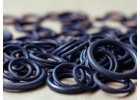
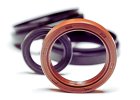
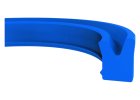
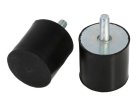
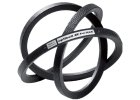
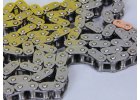
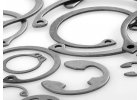
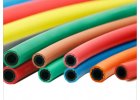
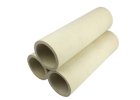
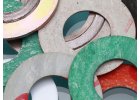
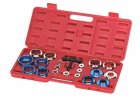
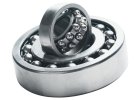
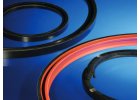
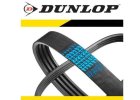



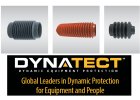


 Shoptet
Shoptet